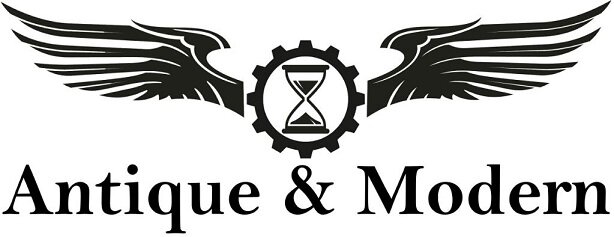“A crown for every achievement”
It all started when…
Rolex has its foundations in 1905, with the pairing of Alfred Davies and his brother-in-law Hans Wilsdorf. The pair started out by importing watch movements from Switzerland made by Aegler. This movement was a small lever escapement movement that already had a reputation for precise time keeping and had a large availability of spare parts. Wilsdorf was convinced that wristwatches were the future as far as time keepers were concerned, as well as making them more appealing to the wearer, rather than being solely as heirlooms.
Hans Wilsdorf
Wilsdorf decided on the name "Rolex" in 1908. Depending on whom you read, this either came about through a word in his ear during a ride through Cheapside on an omnibus, or from the French for the term "horological excellence" (horologie excellence). Either way, the name was what Wilsdorf was looking for - a name that was "a short yet significant word, not cumbersome on the dial and above all, a word easy to memorise... its pronunciation remains unvaried in whatever European language it is spoken".
Aegler, the provider of the movements to Rolex wanted their name on the movement, but in a shrewd move, Wilsdorf insisted on only having the name Rolex displayed. And Aegler agreed.
In 1910, Rolex achieved the Swiss Certificate of Chronometric Precision, along with a “Class A precision certificate” from Kew Observatory in 1914. This was the start of Rolex’s synonymity with precision.
Rolex moved to the world renowned city of Geneva and registered as Montres Rolex S.A in 1920.
Rolex created one of the first waterproof wristwatches, called “Oyster”. This design features an hermetically sealed case and was used by Mercedes Gleitze on her crossing of the English Channel. Despite the chilly conditions, as well as the ten hour journey, the watch was said to be in perfect working order by the time it reached France.
In 1933, the first expedition to fly over Everest sported Rolex Oysters.
In 1943 Wilsdorf was contacted directly by one of the organisers of “The Great Escape” from Stalag Luft III – Corporal Clive James Nutting. He requested a stainless steel Rolex Oyster 3525 chronograph. This was part of an offer that Wilsdorf had of replacing any watches lost by soldiers (particularly Royal Air Force pilots) who had to hand over any watches they had to German soldiers running the POW camps under the guise that these may have hidden compasses or other such devices.
The Datejust came into being in 1945, having a Jubilee bracelet that was especially designed for it, along with a fluted bezel – something that would become somewhat of a trademark of Rolex.
The Rolex returned to Everest in 1953, with Sir John Hunt’s expedition (including Sir Edmund Hillary and Tenzing Norgay) reaching the summit.
Another first in 1953 was the introduction of the Submariner – one of the world’s first 100m waterproof divers’ watches.
The GMT-Master arrived as the official watch of Pan Am – the famous Intercontinental airline in 1955.
Rolex pushed themselves to their limit by having a watch that could travel to (what was then) the very depths of the ocean – the Mariana Trench. In 1960 Rolex tested their Rolex Deep Sea Special experimental watch to depths of nearly 38,000 feet (nearly 11,000 metres). Professional divers could finally get their hands on an oyster Perpetual Sea-Dweller (waterproof to 610m) in 1967, which was equipped with a helium escape valve to avoid damage to the watch during decompression.
Moving forward to 1992, Rolex brought out the Oyster Perpetual Yacht-Master and still sponsors some of the most renowned offshore races in the world.
At the turn of the century, simplicity became key, as Rolex developed the 4130 chronograph calibre movement. The total components in their Cosmograph Daytona number 290 – typically fewer than those found on most other chronographs.
Realising their prospect for encouraging artistic flair in others, Rolex founded the Rolex Mentor and Protégé Arts Initiative. They have expanded over continents and cultures, allowing more than 80 major artists from different generations and backgrounds to express themselves with more freedom that they might ever have thought possible.
Seeking to improve where others had only attempted, Rolex developed (and patented) Cerachrom for their bezels in 2005. This material is derived from very hard ceramic material and is unaffected by UV light, unlike other similar models.
Not satisfied with this accomplishment, and after five years of research, Rolex created a hairspring that is not affected by magnetic fields and is up to 10 times more resistant to shocks – Parachrom.
Following the trends for larger cases, Rolex brought out the impressive 42mm case of the Oyster Perpetual Sky-Dweller in 2012.
Rolex repeated their journey to the depths, along with Titanic director James Cameron in 2012, when one of their watches travelled with this director to the deepest point on the Earth.
In 2017, a Rolex Daytona formerly owned by the actor Paul Newman sold in the USA for $17.75 million.





